Translated by Jackie Salzinger.
You can also read this interview in Arabic.
This written interview is part of a new series on Insights: “Ask A Scholar,” through which we highlight the personal experiences of fellows and other affiliated researchers. The following conversation with Nedhal Jarrar (ACOR Jordanian Graduate Student Scholarship recipient, 2020–2021) took place by email in February 2021.
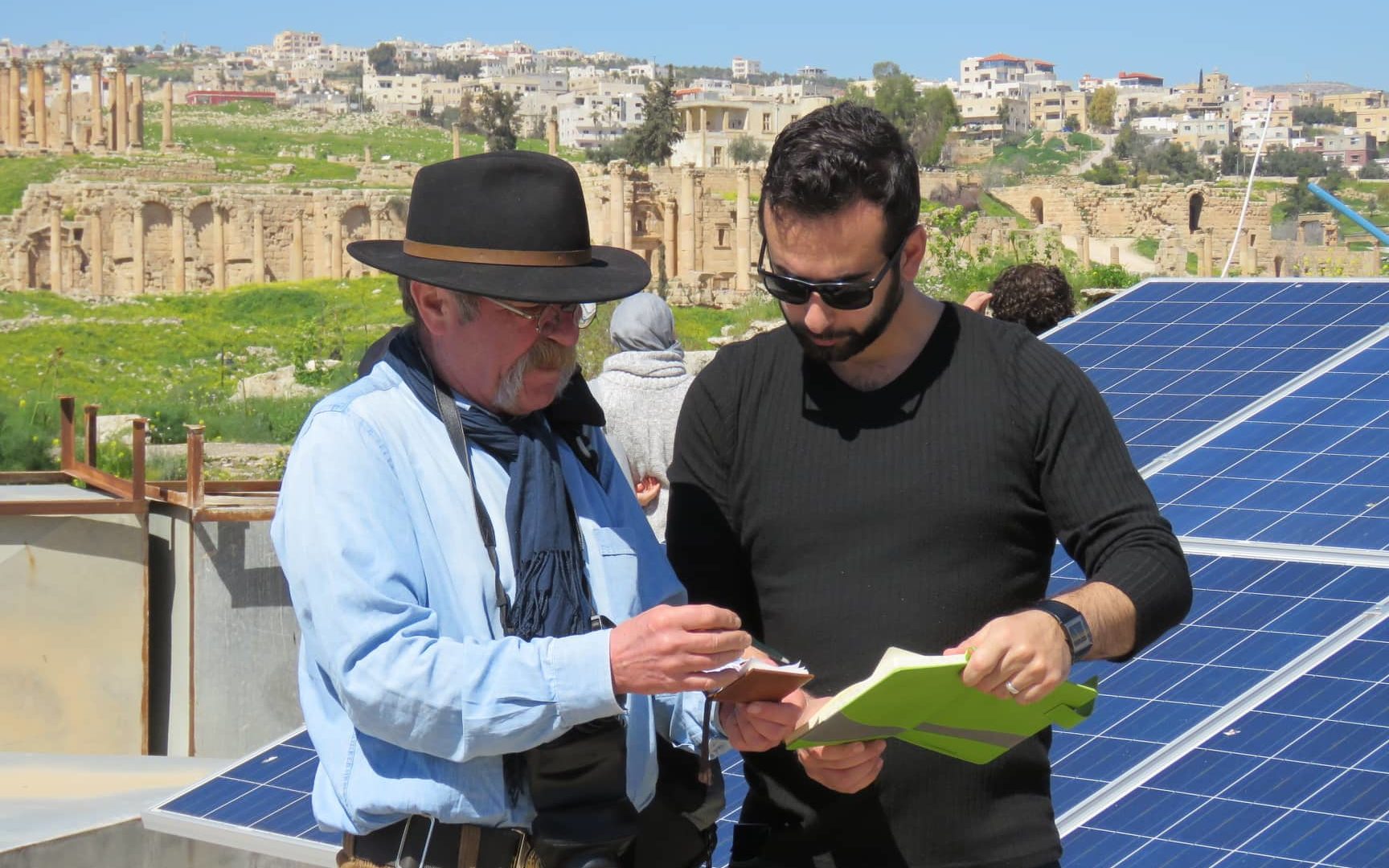
Thank you for joining us on Insights! You just completed your master’s degree in architectural conservation. Can you tell our readers a bit more about your background, and what led to your interest in this field?
As a brief introduction, I’m a Jordanian architect and researcher. I received my master’s degree in architectural conservation from the German Jordanian University in 2020 after my bachelor’s in architectural engineering from the Applied Science University in Amman in 2010.
I have had professional opportunities over nine years of practical architectural experience, including design, restoration, and maintenance projects. I also taught for a brief period. Furthermore, I participated in a UNESCO program for heritage preservation in Petra. I chose to specialize in a particular branch of architecture, modern industrial heritage, concentrating on the preservation of modern industrial buildings in the Arab region, Jordan in particular. At present I am preparing a research paper on this topic.
My interest in architecture and tangible and intangible heritage began long ago. About fifteen years ago, I became passionate about documenting heritage landmarks in Jordan and the region using digital methods, especially free knowledge initiatives such as Wikipedia (and its sister projects). I started by becoming a Wikipedia editor, and later an administrator, for the Arabic side of the encyclopedia. My contributions centered on architectural, historical, and geopolitical topics related to documentation of written and visual memory in the region. Examples include articles on architecture of Palestine, tourism in Jordan, and hundreds of other articles in Arabic and in English. I have also coordinated one of the world’s largest photo contests—“Wiki Loves Monuments”—regionally for the Levant, focused primarily on global cultural heritage. Most recently, my experience in open-access knowledge has also included engagement with the Open Jordanian Heritage initiative organized jointly by ACOR, Wikimedia Levant, and the Jordan Open Source Association. I have given presentations to the initiative’s edit-a-thon participants about Jordanian heritage documentation through a number of online platforms. Many people took part, all of them heritage enthusiasts.
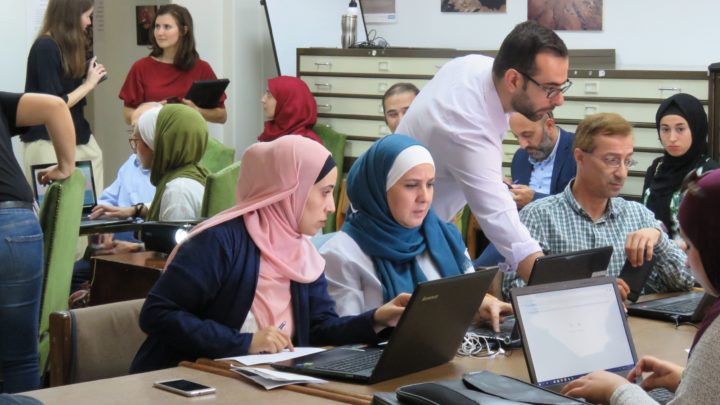
My specific field of expertise, architectural conservation, includes study of renovation, preservation, adaptive reuse, rehabilitation, and reconstruction. I have always been motivated to continue my learning, expanding my personal knowledge in areas I consider important. I think heritage conservation must be placed higher on national priority lists. At the same time, “heritage” itself needs to have an appropriate definition and approaches for future generations.
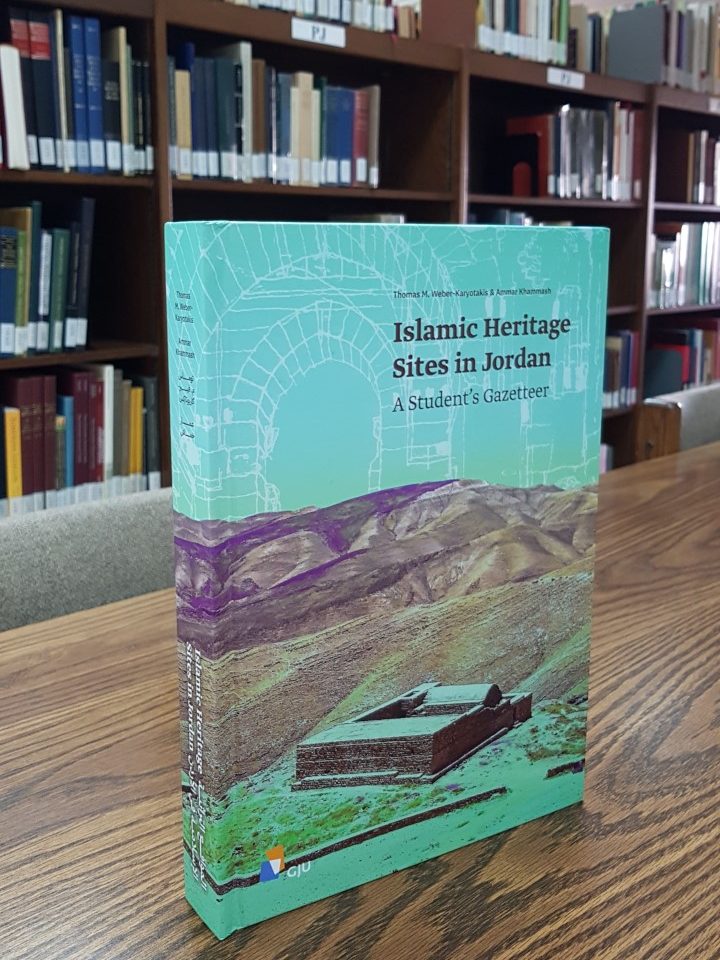
Finally, my professional associations today are deeply connected with this field of study. I work in restoration materials and construction chemicals between Baghdad and Amman.
Tell us more about your thesis project!
Although industrial heritage is considered to be an important part of modern global heritage, the subject faces continued marginalization in the Arab world, including in Jordan. Resulting from a lack of clear and inclusive definitions of cultural heritage, a number of industrial heritage sites have not received protection, nor have they been addressed by scholarly research. Thus, most of these sites, built in the 20th century, have been disappearing little by little or even been marked explicitly for demolition.
In my thesis, I undertook a detailed study of Jordan’s modern industrial heritage, beginning with its historical emergence. The concept of modern industrial heritage is closely linked to the Arab Renaissance (the Nahda) of the late 19th and early 20th century and the period of early state-building in the region. My thesis analyzed a rare example of this kind of heritage: the Rutenberg Hydropower Plant in Baqoura, in northern Jordan. I set up a comparison between the plant and another national example of industrial heritage, the Electrical Hangar located in downtown Amman. I also looked at other similar local examples in order to more deeply demonstrate the connections between such facilities and Jordanian state-building, broadly conceived. Throughout the project, I gained a deeper understanding of Jordan’s modern industrial heritage through a variety of research methodologies, including archival research, textual analysis (especially focused on the impact of manufacturing on development projects in the region), and general field surveys for a number of sites that are arguably representative of Jordanian industrial heritage (see images in inset). I synthesized a national case study and comparative analysis.

The hydroelectric power plant in Baqoura, 2019. 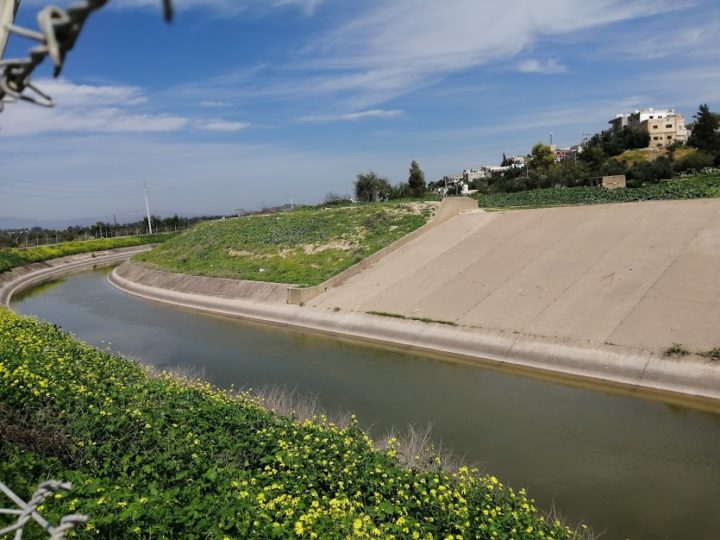
East Ghor Canal. 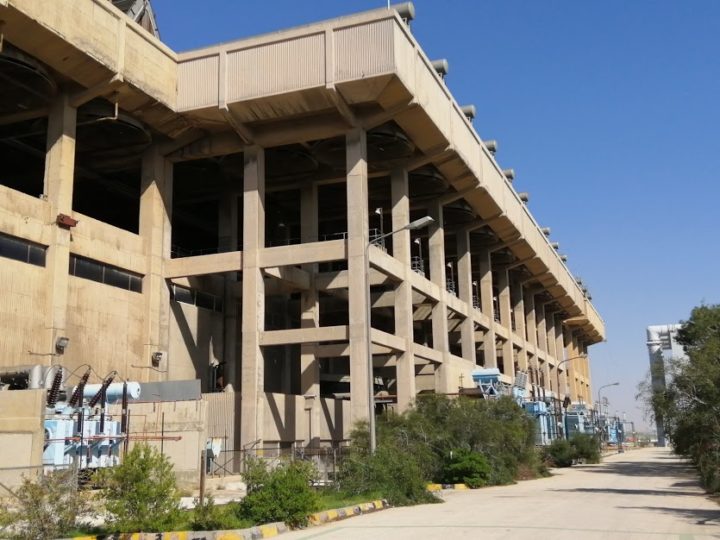
Hussein Thermal Power plant in Zarqa, a nation-building projectscheduled for demolition. 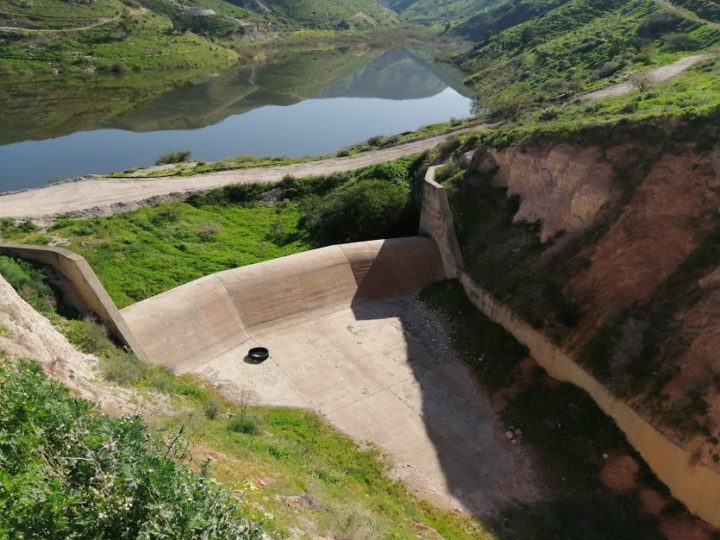
Sharhabeel Dam, one of the oldest dams in Jordan.
In addition, my research evaluated the study site with a brief and informal administrative plan for preservation, with the goal of paving the way for future preservation decisions for this and other industrial heritage sites in the country. This could even serve as preparation for detailed design for the site following possible renovation.
This study presents a different approach to understanding Jordan’s modern industrial heritage. Such heritage is important not just for its historical, architectural, and geopolitical value, but for its meanings in relation to preliminary periods of modern state-building projects in the Kingdom’s history. Therefore, the study calls for incorporation of these sites into the scope of “national heritage” and for putting the spotlight on modern industrial heritage as a means of motivating people’s sense of place, memory, and national identity. Links were made between theoretical frames of study and preservation, on the one hand, and experimental results, on the other. Put plainly, the study seeks to raise awareness about the meaning, essence, and value of modern industrial heritage, representing an era that was short lived in Jordan and the region. Moreover, this awareness must be developed not just among the public, generally speaking, but specifically among policymakers and institutions, public and private.
In your fellowship report, you write about “the plurality and diversity of modern industrial heritage” in Jordan. Can you summarize what you mean by this for our readers?
The buildings and sites in Jordan one might classify as “modern industrial heritage” are relatively few. However, they are nonetheless diverse and important in their historical, symbolic, structural, architectural, and sociocultural value. Jordan’s modern industrial heritage includes dams, power plants, train stations, bridges, grain silos, historic factories, water channels, and more. All of these bore witness to the founding period of the Jordanian state. Most of the sites and structures were erected in the 1960s and ’70s, which was an era of expansion and growth. They are concentrated in the northernmost parts of the kingdom.
On a personal level, do you have favorite examples of adaptive reuse of heritage structures?
Around the world, there are a great many remarkable examples of adaptive reuse of heritage sites, including industrial sites. Built during Ottoman rule, the Silahtarağa power plant in Istanbul experienced a sustained period of dereliction and decay before being converted into the SantralIstanbul, one of the city’s most important cultural centers. We could also take up European examples, such as in Denmark, Germany, and Britain, as these nations were pioneers in industrial heritage conservation, pursuing reuse, rather than demolition and dismantlement. In Copenhagen, for example, grain mills have been converted to residential apartments, and an old heavy-fuel power plant is today simultaneously a ski resort and a site of clean energy production and waste recycling.
Last but not least, there is the electrical plant of Ras al Ain in Amman and its reuse as an open cultural center. This is among the most important local examples of adaptive reuse of industrial heritage, in my opinion. Furthermore, it stands out in the region. Renovations to the site showed respect for its original building elements while distinguishing between them and recent additions. I am honored that the director of that work, Dr. Rami Daher of Turath Consultants, was my thesis adviser for my master’s degree. He is one of the biggest influences on my professional life.

In the time of COVID, most of us are getting out and about less often, although, on the flip side, we may be getting to know our own immediate neighborhoods a lot more (due to restricted travel). Do you have suggestions for how readers can continue to explore Jordan’s diverse built heritage during the time of COVID?
Unfortunately, the current pandemic and its associated lockdowns have greatly restricted the ability of people to visit archaeological and touristic sites in Jordan and the rest of the world. This has motivated us as architects, archaeologists, and heritage and tourism professionals to think outside the box in order to find practical solutions for restoring connections between vast swaths of tourists and enthusiasts and various touristic and architectural attractions. One such solution is virtual reality, technology that a number of regional institutions have already begun to work with. The Jordan Tourism Board, for example, began disseminating VR experiences to promote virtual tourism to a number of the kingdom’s heritage sites as a way to make up for the distinct lack of visitors.
From another angle, I work currently on a project to link archaeological sites in an effective manner with their representation on Wikipedia. Smart devices can empower visitors to access detailed information in a simple yet interactive way.
We, as members of the local society, including formal institutions and organizations, are called upon to come together for sake of preserving our cultural inheritance. We must work together to promote visitation to archaeological and heritage sites by reconsidering traditional methods of addressing them.
ABOUT THE AUTHOR:
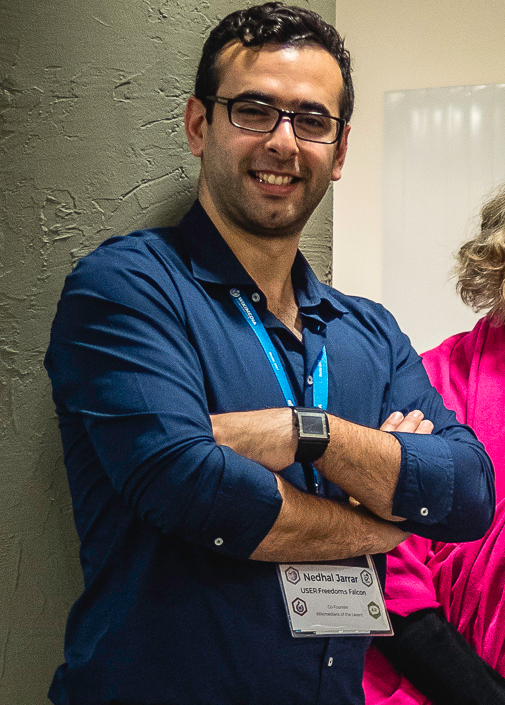
Nedhal Jarrar is an architect who specializes in industrial heritage in Jordan and the Arab region. He is a member of the International Committee for the Conservation of the Industrial Heritage (TICCIH) and International Council on Monuments and Sites (ICOMOS) Jordan. He received a master’s degree in architectural conservation from the German Jordanian University; his thesis was titled “Reconceptualizing Jordan’s Industrial and Architectural Heritage of Modernity: Rutenberg Power Plant in Baqoura.” His professional experience in architecture includes design, renovation, and maintenance projects as well as participation in a UNESCO heritage project in Petra. He also taught for a brief period. He has received a number of scholarships throughout his career, including the Jordanian Graduate Student Scholarship from ACOR for the 2019–2020 academic year. He also received an academic research grant from the German Jordanian University to test concrete samples from the reclaimed study site of Baqoura in northern Jordan. He is among the founders of Wikimedia Levant, a non-profit organization active in Jordan, Lebanon, Palestine and Syria that aspires to promote free knowledge through Wikipedia and other Wikiprojects, in which his interests concentrate on documentation of cultural heritage in the region and support for Arabic-language and online content on this subject. He is a reviewer, administrator, and editor on Wikipedia and has made thousands of contributions and edits on the open encyclopedia.
Suggested further reading:
“Jordanian and Syrian youth get serious about cultural heritage preservation.” UNESCO. July 31, 2019.
Jarrar, Nedhal. “Jordan – A Struggle Against Privatization and Neoliberalism.” International Committee for the Conservation of the Industrial Heritage Bulletin 91, 2021.
Jarrar’s thesis, “Reconceptualizing Jordan’s Industrial and Architectural Heritage of Modernity: Rutenberg Power Plant in Baqoura,” is available for public reading at the ACOR Library.